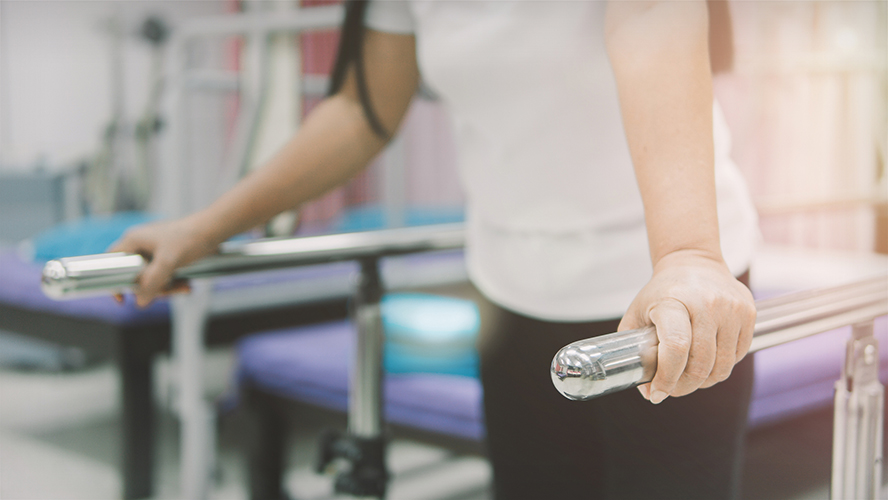
Individuals recovering from a stroke face an increased risk of falling due to muscle weakness, poor coordination, and reduced balance control. Evaluating balance is crucial for guiding rehabilitation and preventing injury, especially during the early stages of recovery—a critical period for progress. Leveraging advanced technology may offer deeper insights into how stroke affects balance control, compared to traditional observation-based assessments.
Researchers from the KITE Research Institute explored whether force plates—a tool that measures how a person distributes their weight—can serve as valid indicators of balance early in stroke recovery.
Unlike traditional balance assessment tools that focus on functional activities like standing or reaching, force plates evaluate balance by analyzing subtle weight shifts required to maintain stability. This approach provides deeper insights into stability, coordination, and weight distribution.
The researchers analyzed force plate data from 75 patients recovering from stroke, examining factors like the speed of weight shifts, the symmetry of weight distribution between legs, and fall history. Key findings showed that slower forward-and-backward weight shifts are linked to better stability and balance. Additionally, weight-bearing asymmetry helped identify individuals with a history of falls. However, further research is necessary to refine these methods and identify those most at risk of future falls.
These findings offer promising tools for health care providers to more effectively identify specific balance problems and design tailored rehabilitation programs for people recovering from stroke. Future research will refine these tools to support more effective interventions and improve mobility, independence, and overall quality of life.
Raabeae Aryan is the first author of the study and a former PhD graduate student in the lab of Dr. Avril Mansfield.
Avril Mansfield is the senior author of the study and a Senior Scientist at the KITE Research Institute. Dr. Mansfield is also an Associate Professor in the Department of Physical Therapy at the University of Toronto and an Affiliate Scientist at the Sunnybrook Research Institute.
This work was supported by UHN Foundation, Ontario Ministry of Health and Long-Term Care, Canada Foundation for Innovation, Ontario Innovation Trust, Ministry of Research and Innovation, Peterborough K.M. Hunter Charitable Foundation Graduate Award, Toronto Rehabilitation Institute, Unilever/Lipton Graduate Fellowships in Neuroscience, and the University of Toronto.
Aryan R, Patterson KK, Inness EL, Mochizuki G, Mansfield A. Concurrent validity and discriminative ability of force plate measures of balance during the sub-acute stage of stroke recovery. Gait Posture. 2024 Dec 5. doi: 10.1016/j.gaitpost.2024.12.001.

